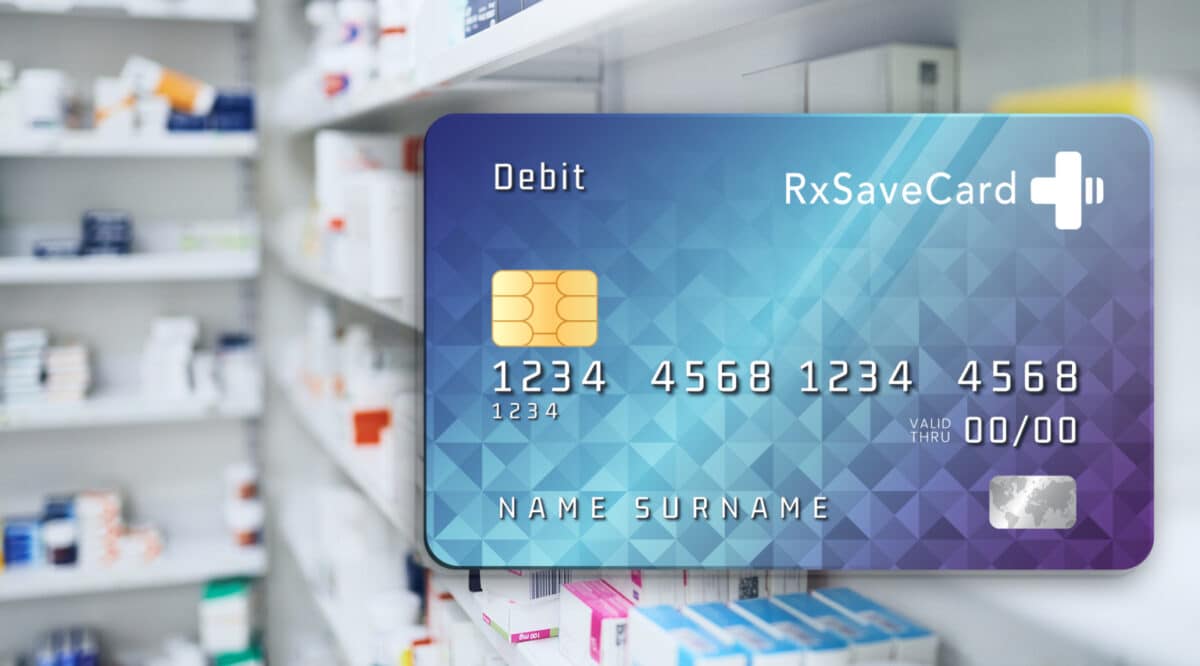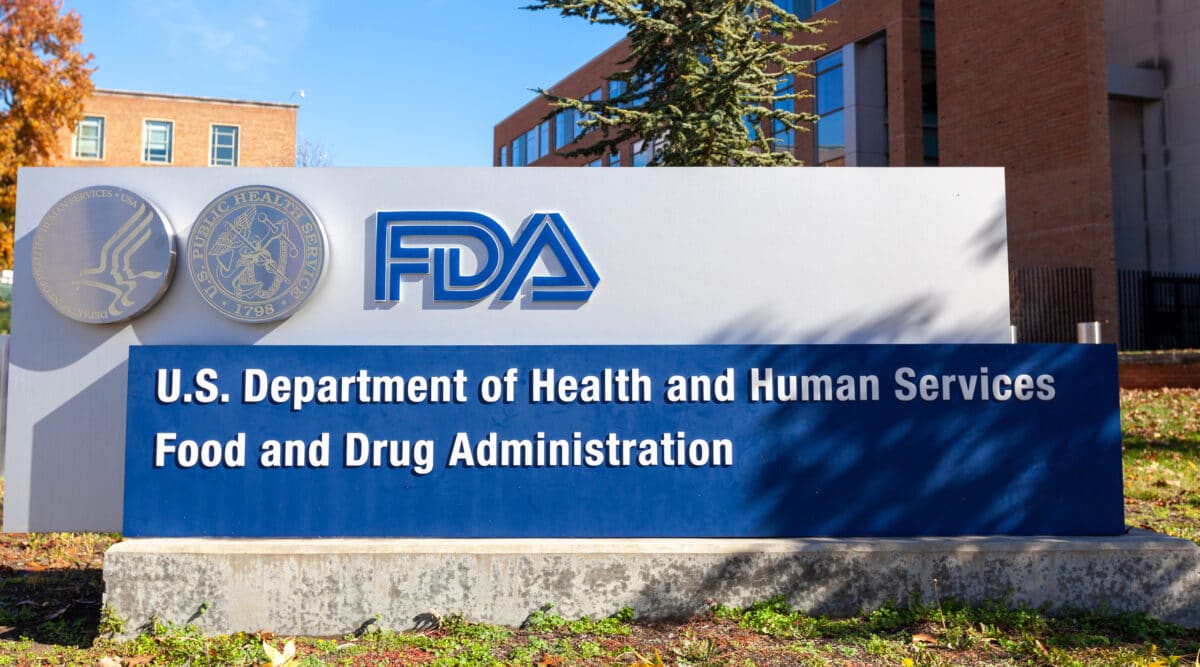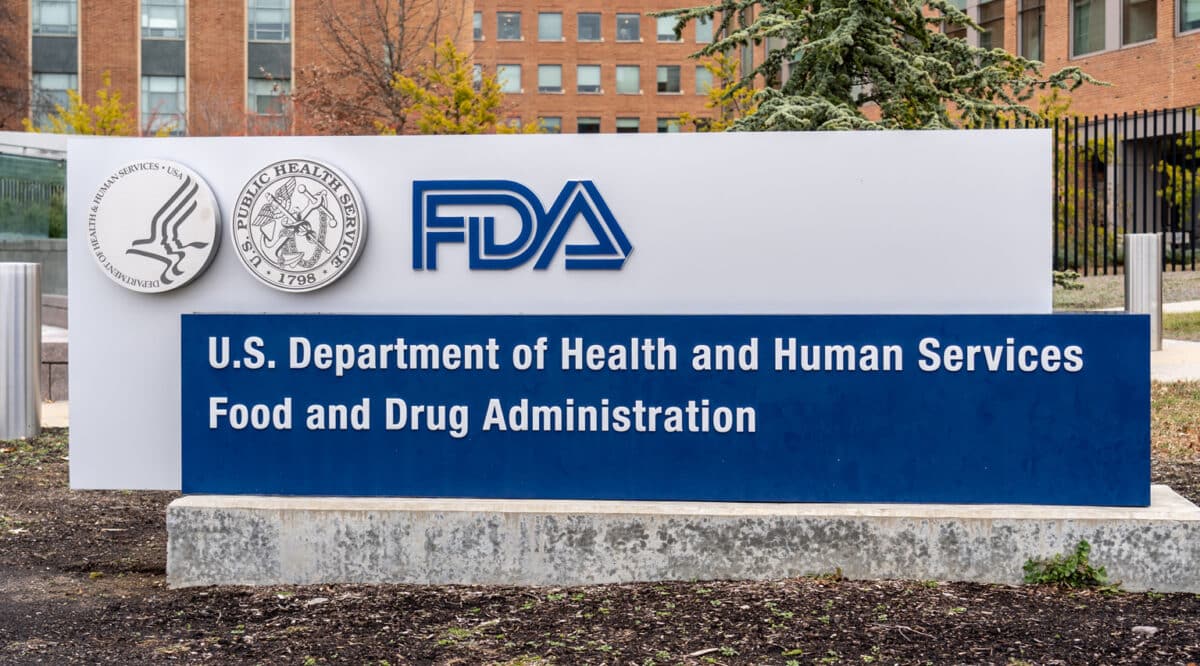Does the US pharmacy marketplace need another discount card?
The answer is a resounding ‘YES’…….. if that new card is the newest thing since sliced bread, the better mousetrap, the nitro charge in the road racer.
As noted in the article below, we will see the launch of a very different type of consumer Rx discount card on January 1st. And that card will be very, very different from the run-of-the-mill discount card.
First, the new card from Rx Save will offer consumers the same discount that they can get through other now available discount cards. BUT….. there will be a big difference. If the consumer wants to pay out of pocket, the Rx Save Card automatically searches deals from multiple discount cards, so they can choose the cheapest option. Now that should get your attention.
BUT WAIT…. it gets more interesting….. the consumer can also choose to purchase the drug through their employer’s insurance using the card at point of sale and the claim will be processed routinely as if it were a traditional PBM channel transaction. This option would be chosen if the cost through the employer’s insurance / PBM is lower than the lowest discount card option (theoretically that is possible but hard to imagine).
Either way, ya got to be scratching yer head at this point!
We look forward to hearing how effectively this card works post launch.
——————————————————————————————–
New Type of Pharmacy Discount Card to Launch in January
The Rx Save Card is a new, employer-funded, pre-paid pharmacy discount service that allows consumers to pick between PBM prices and prices available through traditional discount cards.








